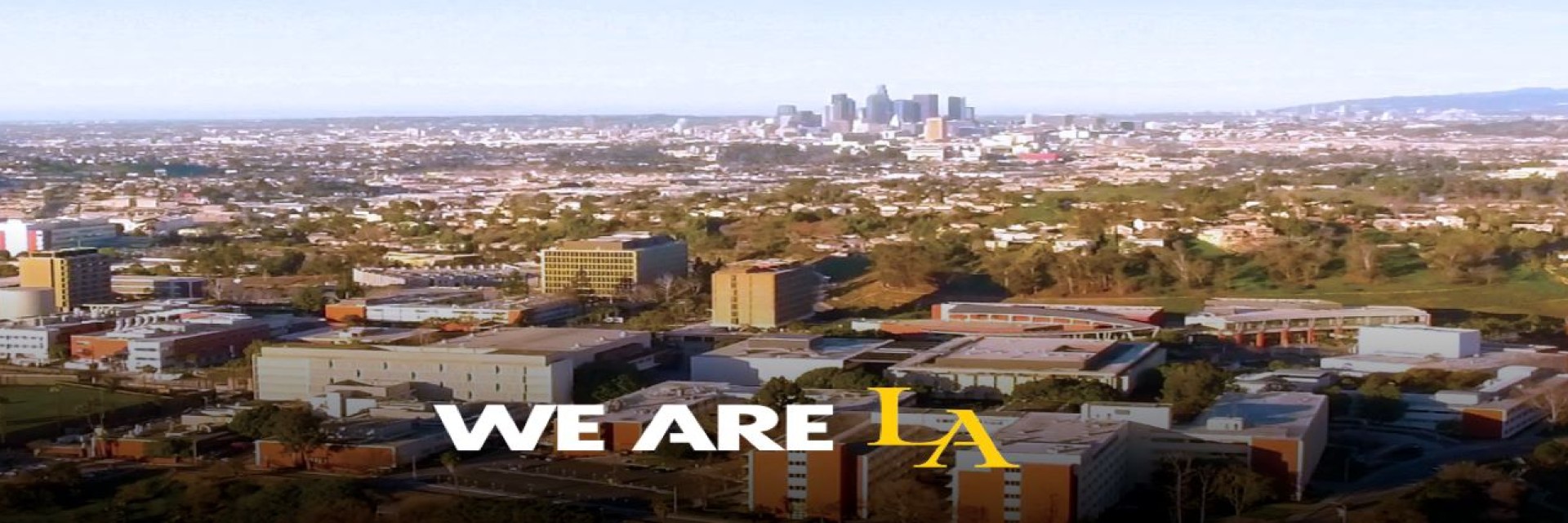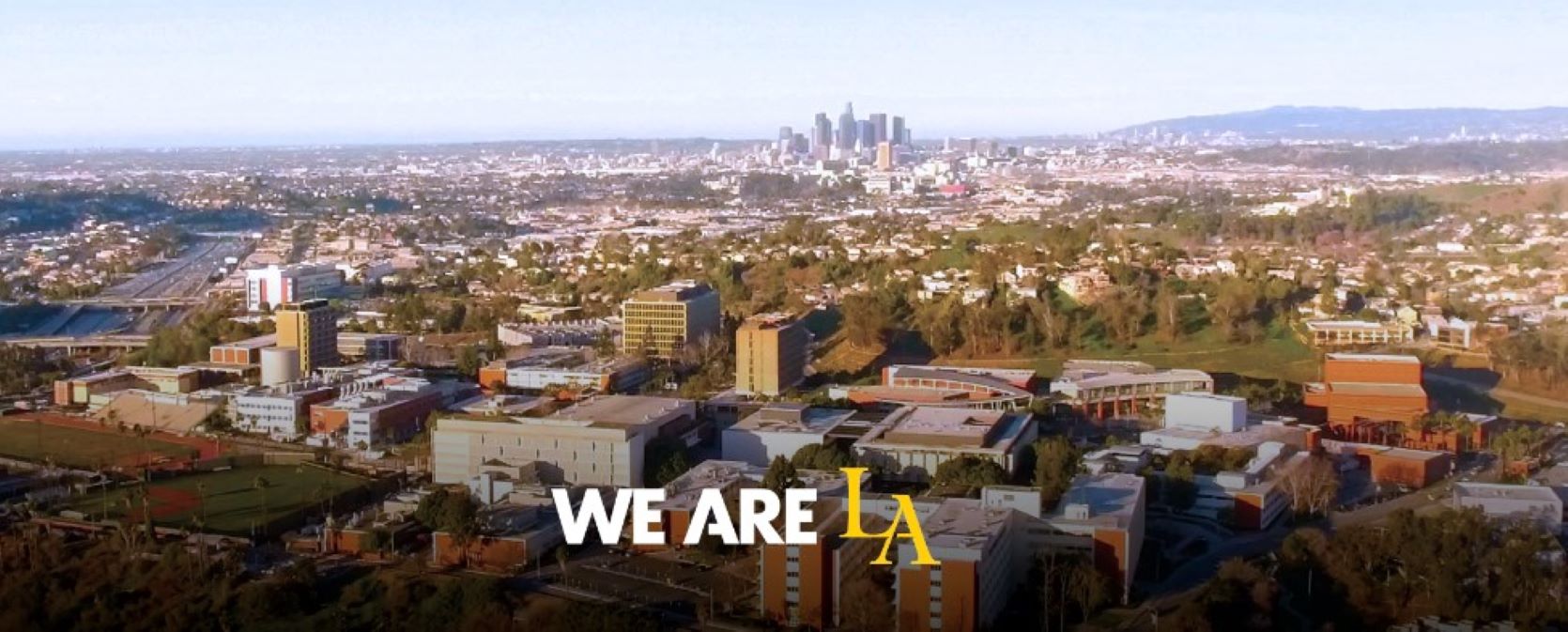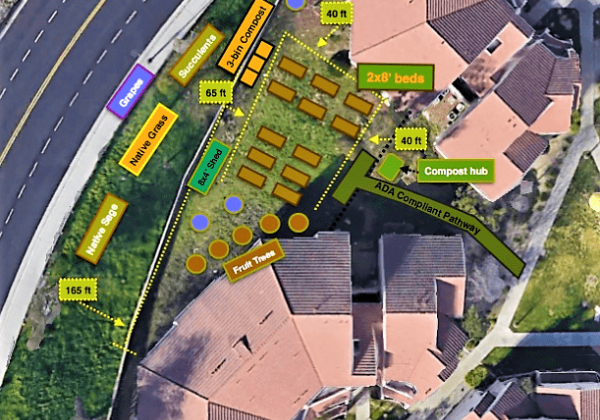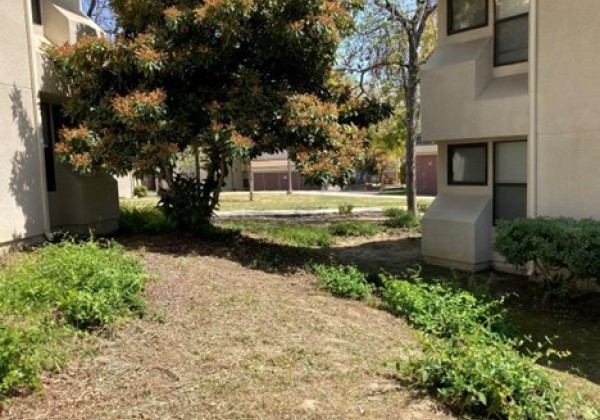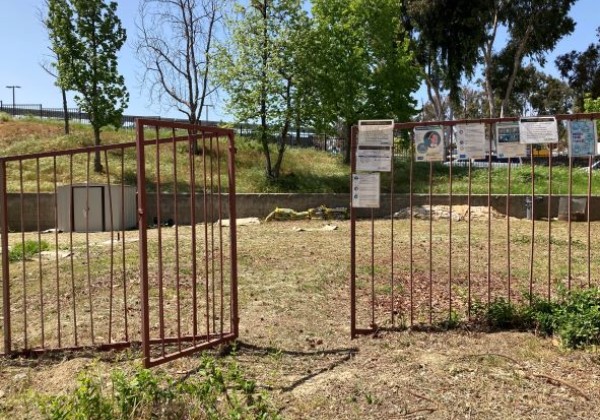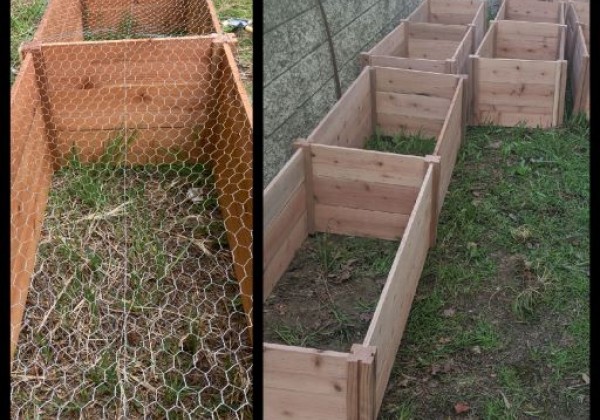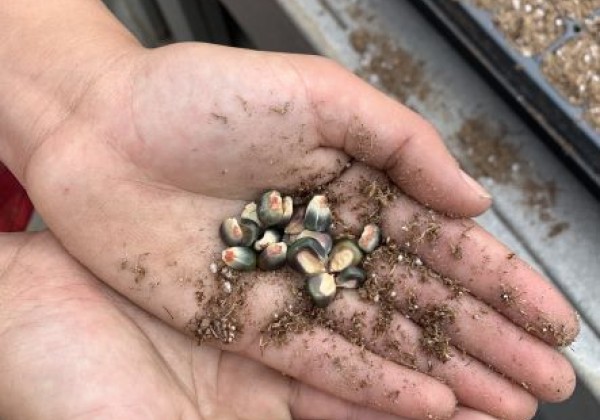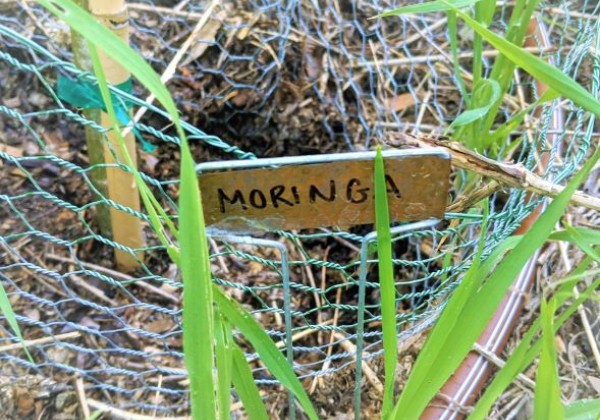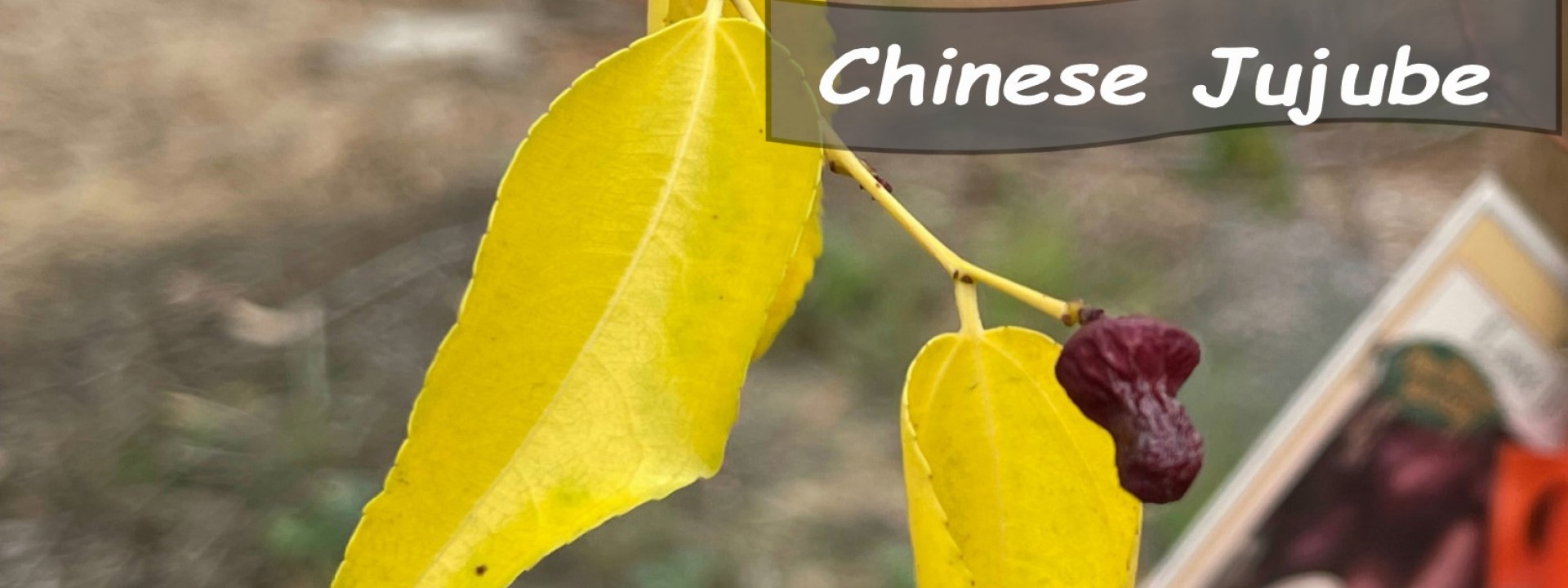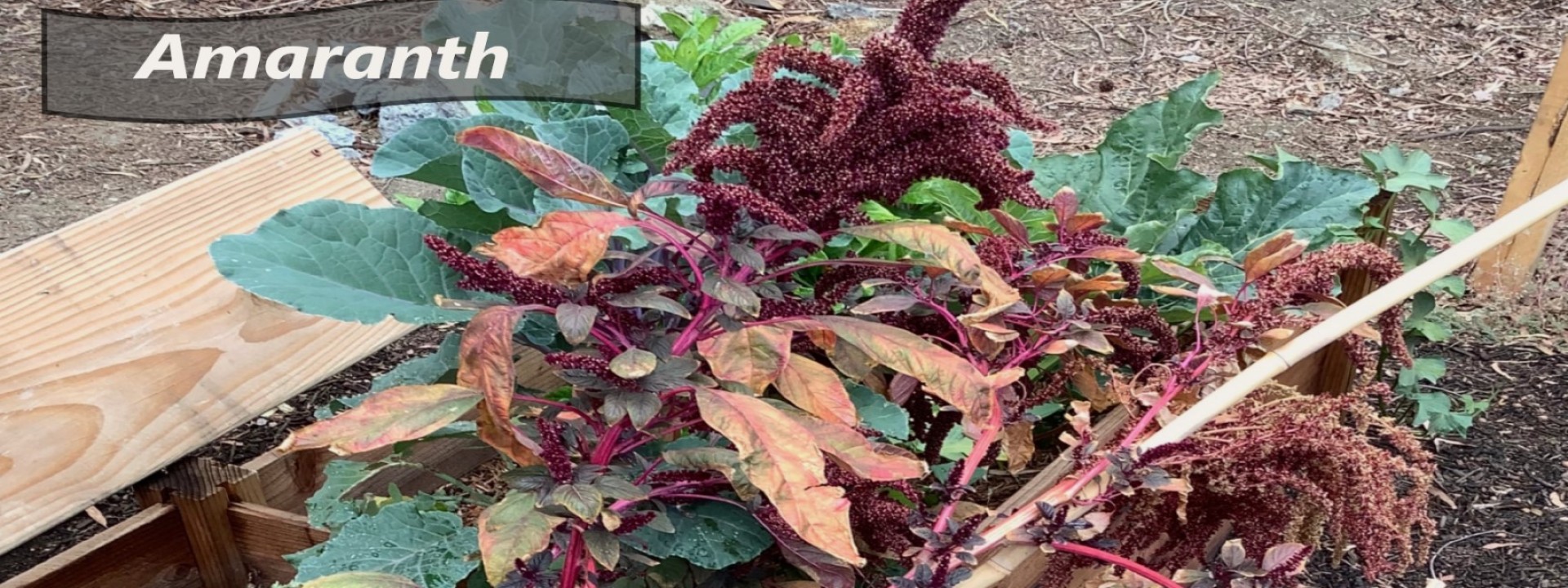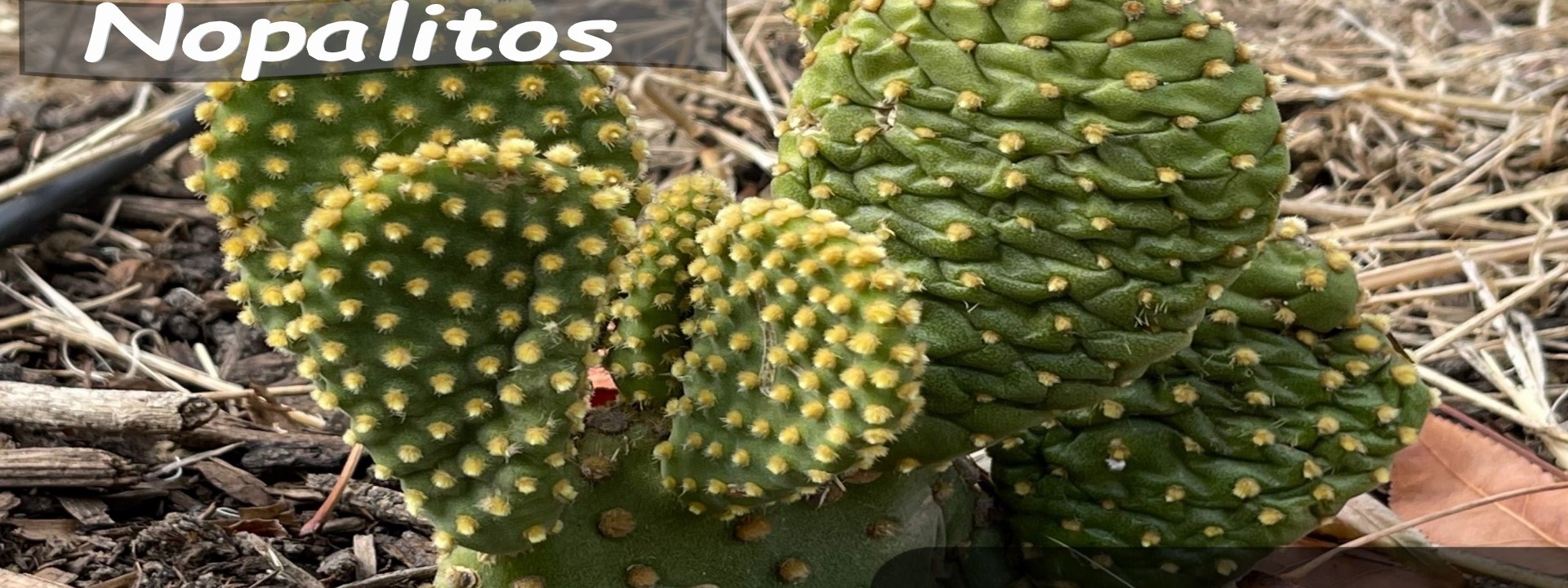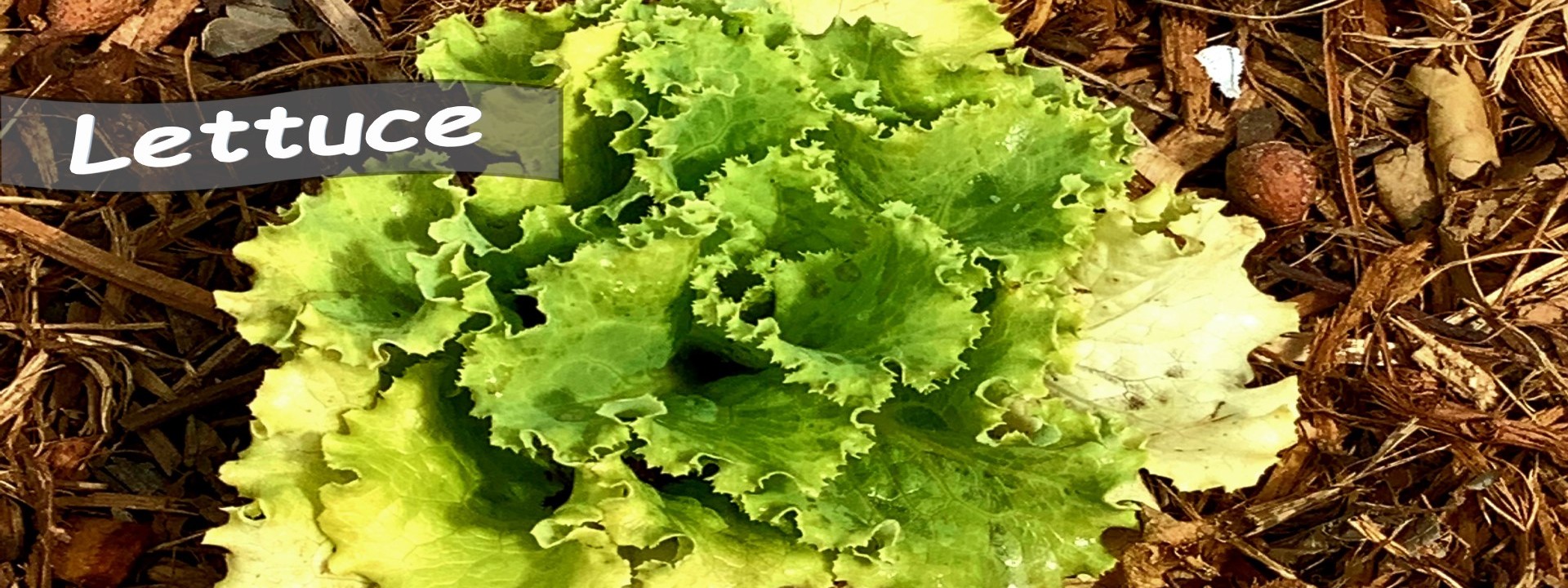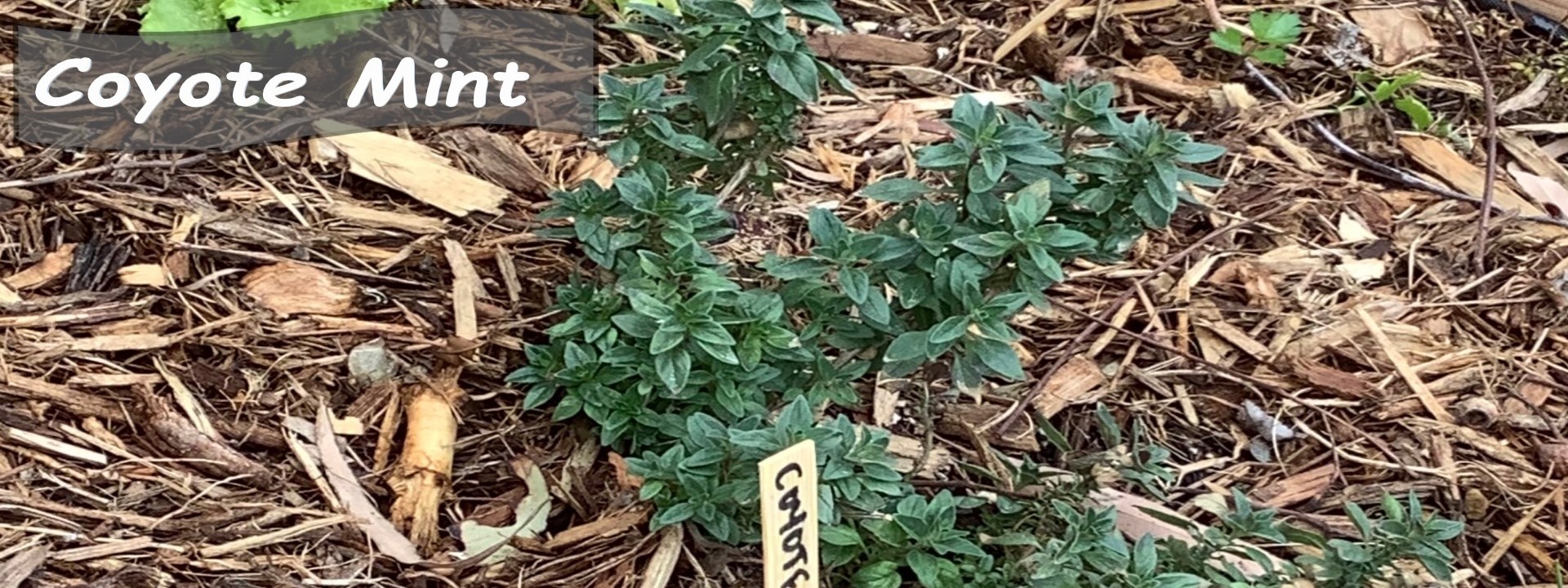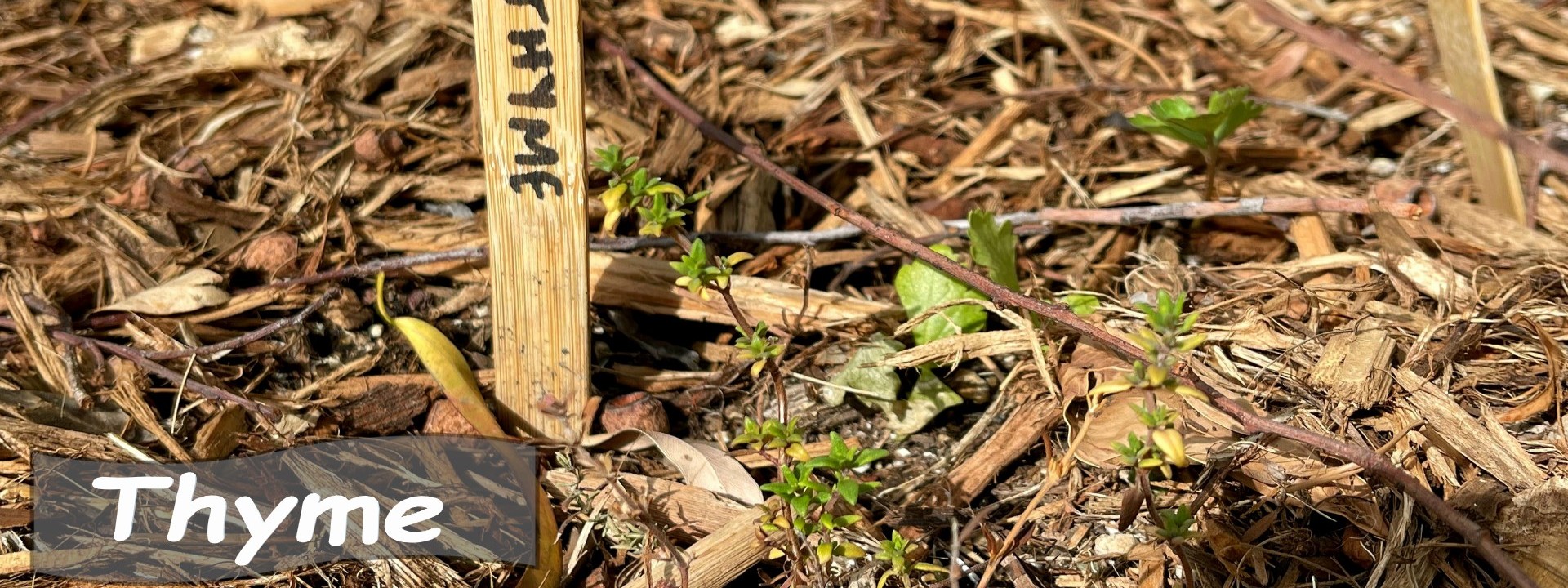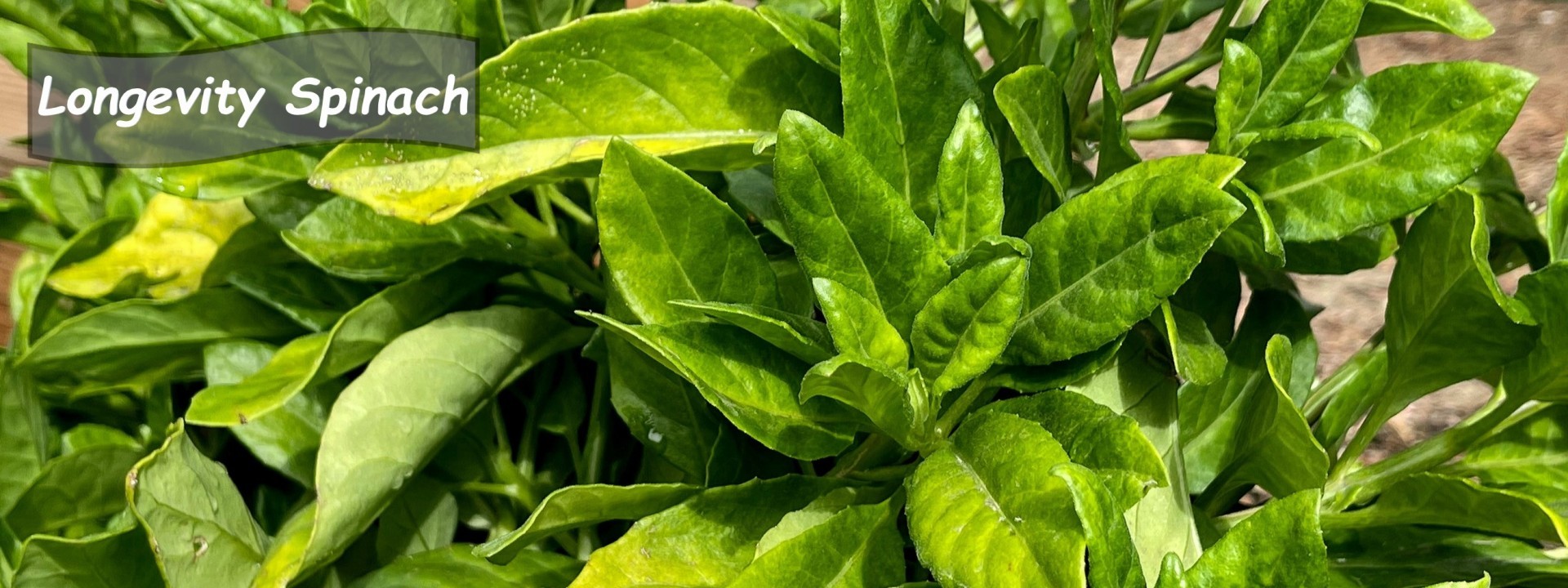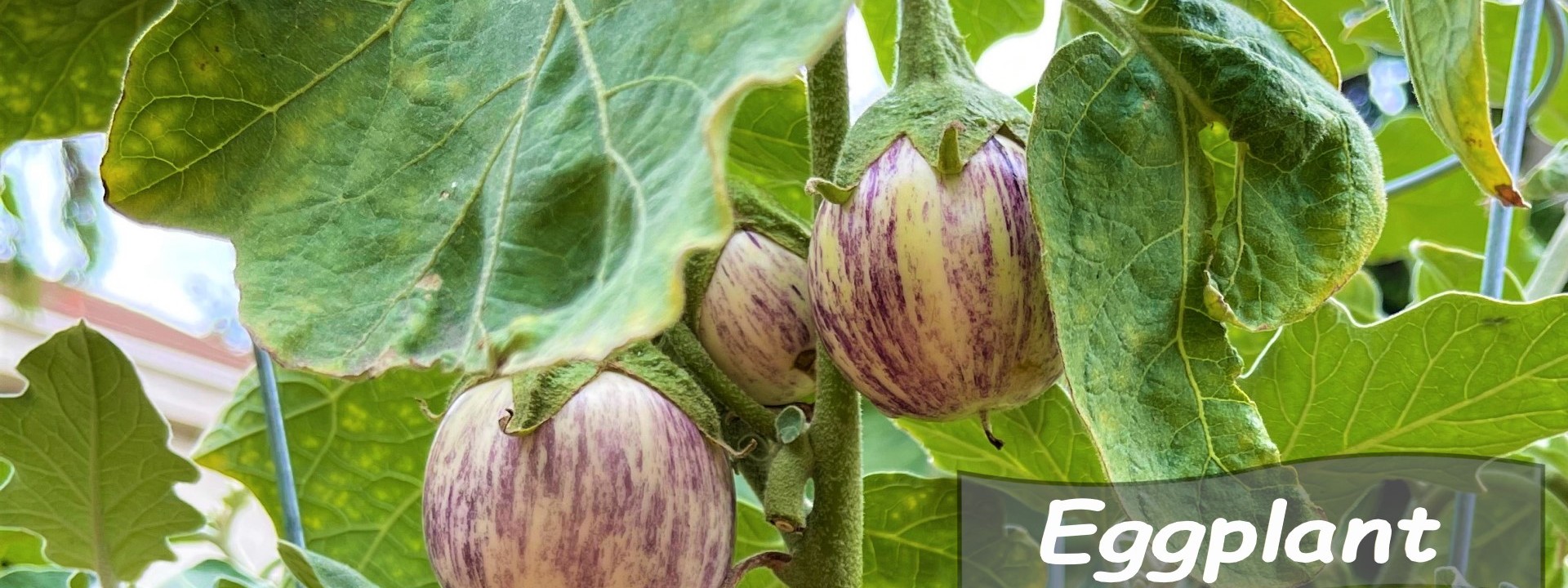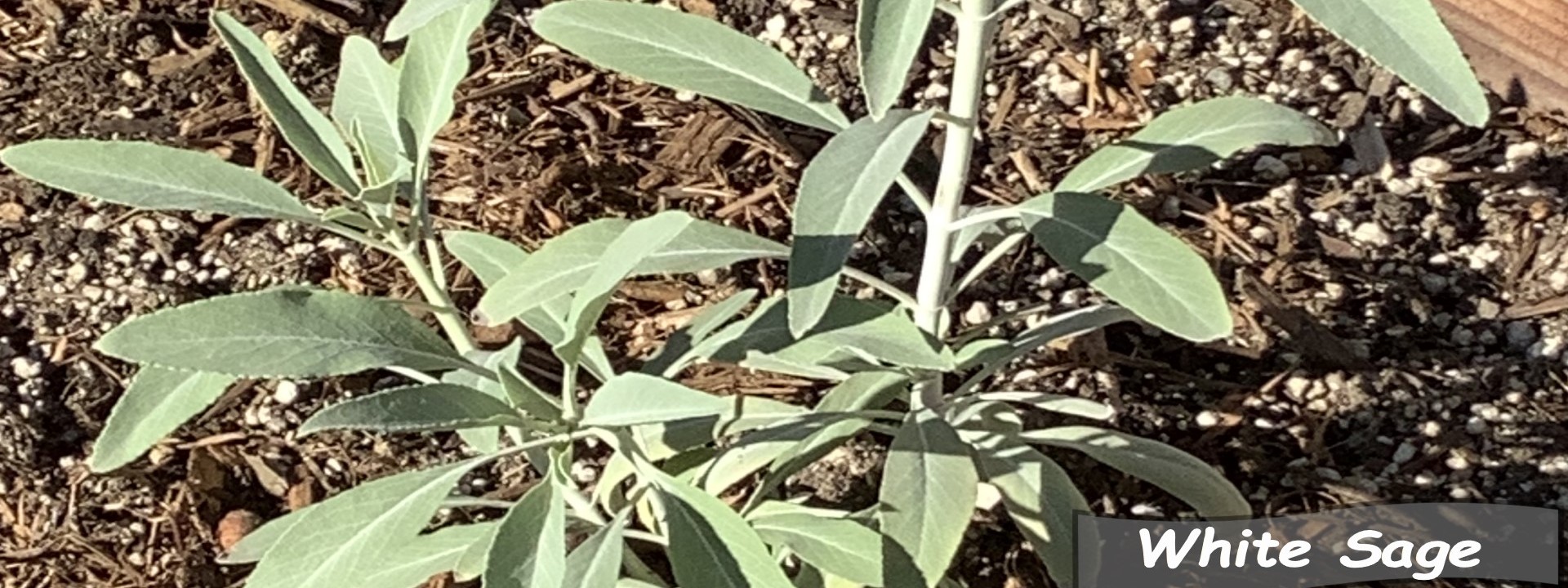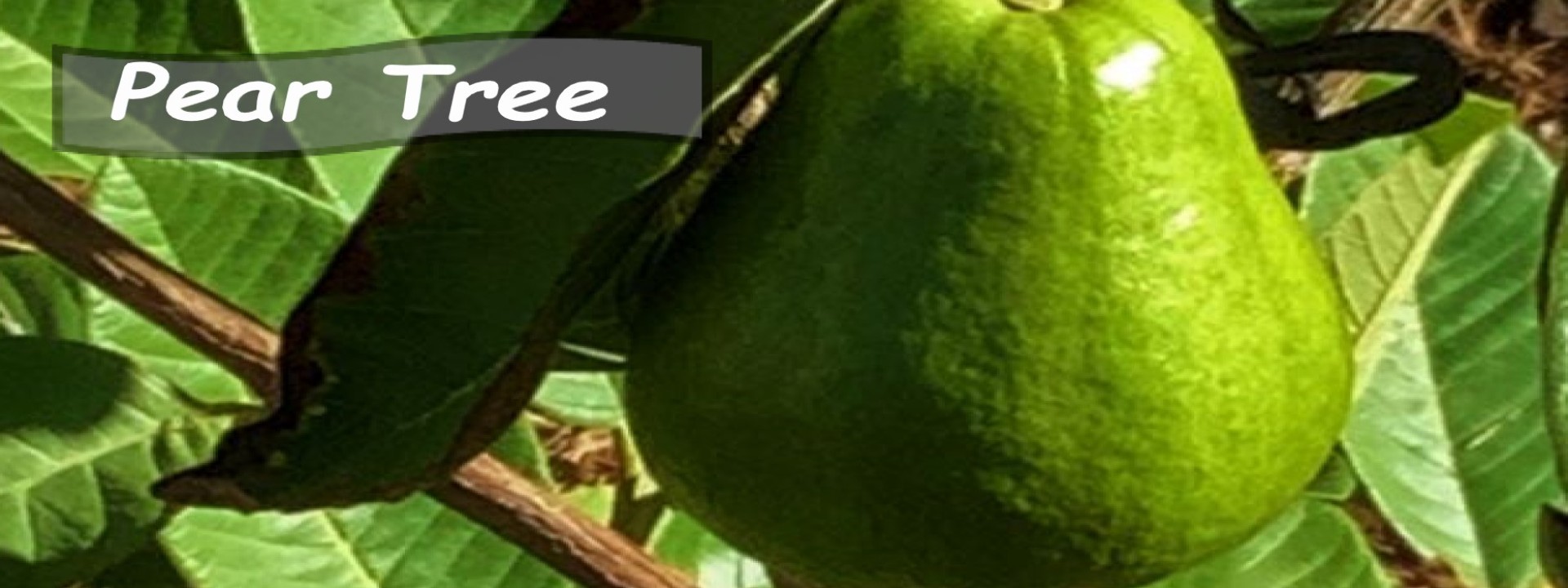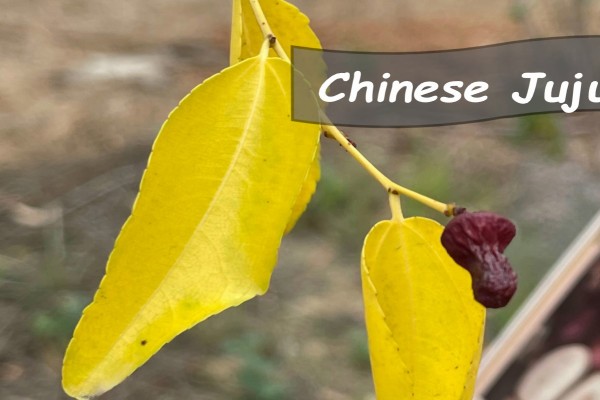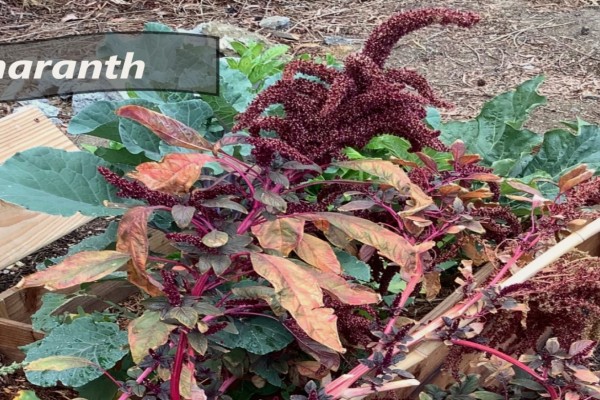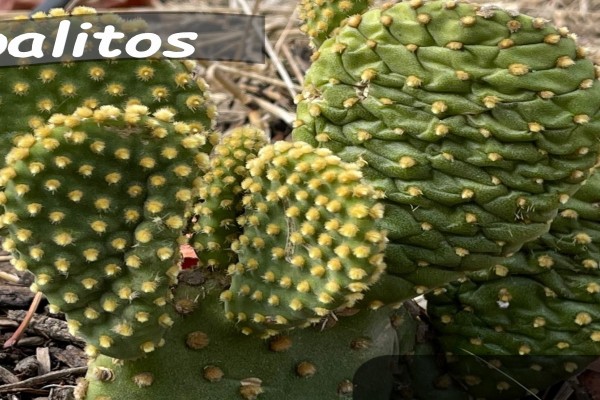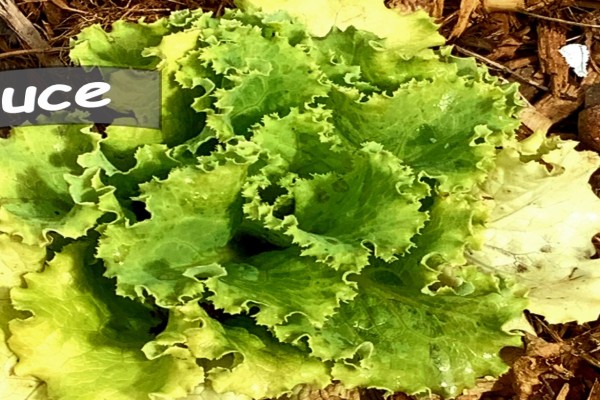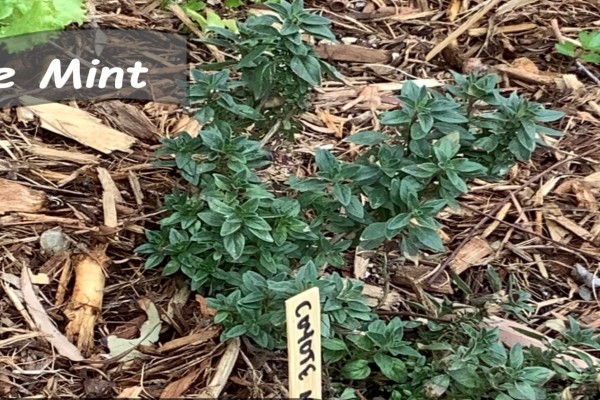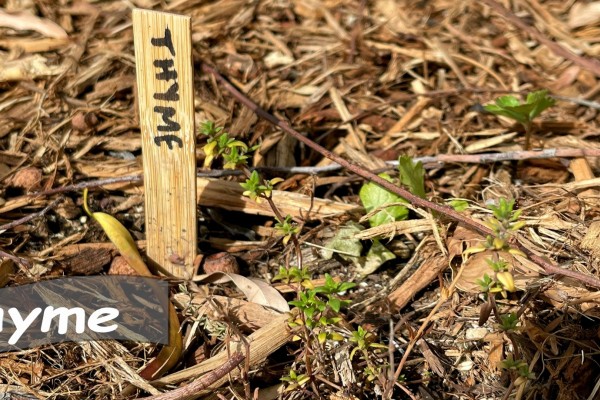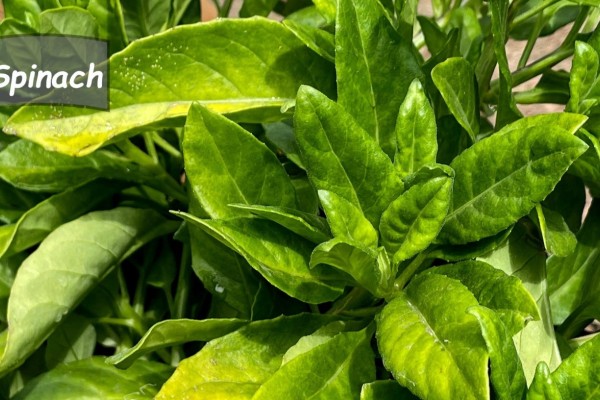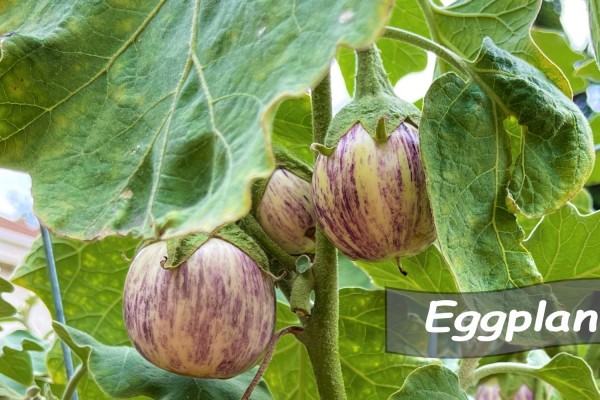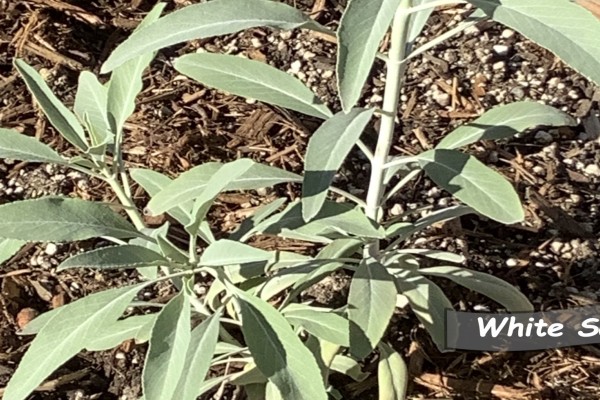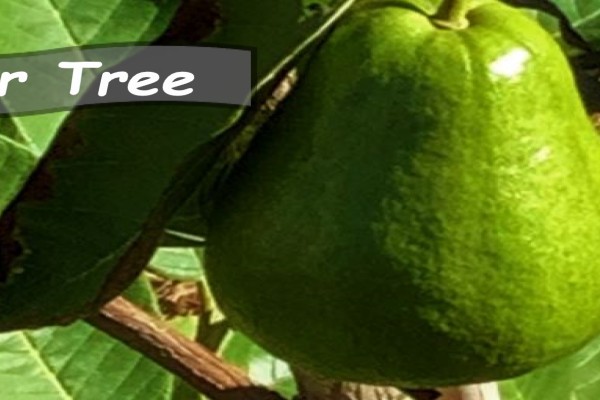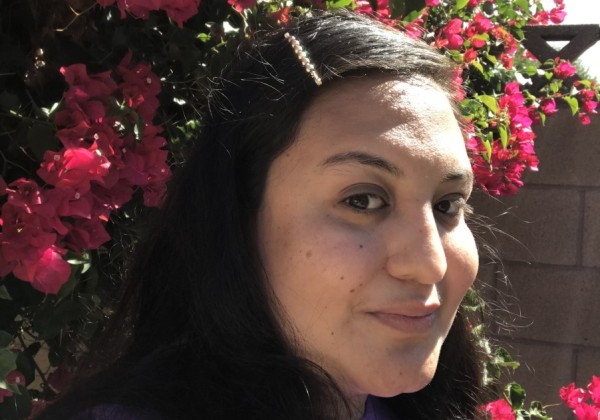"Growing Food in the City": Cal State LA Urban Food Garden
The Urban Food Garden was created in the fall of 2021 with funding from a US Department of Agriculture grant (Dr. Barry Hibbs (PI), Dr. Alexander Wright, Dr. Amanda Hillstrom, and Dr. Choi Chatterjee). The garden is home to experiments in polyculture, growing of traditional food plants, and a variety of native, drought-tolerant, and climate-adapted plants and trees. All the plants and trees in this garden are edible and many of them contain life-giving medicinal properties.
Los Angeles has a rich history of agriculture and the indigenous peoples of Southern California cultivated thousands of plants and trees for food and medicine. They also used plants in their cultural practices and as spiritual aids. As a result, our local ecology includes the astonishing diversity of plants in the mountains, deserts, alluvial plains, woodlands, and coastal regions. These plants and trees are extremely well adapted to our Mediterranean climate and can grow without the addition of synthetic fertilizers and pesticides. In addition to being a source of food and medicine for human beings, native plants increase biodiversity in Southern California by feeding a range of pollinators like bees, butterflies, and moths (important for human crops), as well as many other birds, insects, microbes and other biota. They can improve degraded city soils and be used for bioremediation in areas with toxic chemical spills and effluents. Colonization and immigration have brought many new plants and trees to our region and these have often overshadowed the native plants that were cultivated by the indigenous peoples. We are in danger of forgetting the uses of native plants, and the Urban Food Garden at Cal State LA is part of a larger project to recover indigenous knowledge and practices. The garden is also home to climate-adapted plants that migrant groups have brought from their home countries in Latin America, Africa, Europe, and Asia to Southern California.
With unpredictable weather patterns (droughts, flooding, atmospheric rivers, forest fires, and temperature fluctuations) and increasing geopolitical tensions, we are seeing major disruptions to global food supply chains. Urban agriculture and forestry can strengthen our national food supply and provide supplementary sources of freshly grown food and medicine to underserved communities. Too many people in our city live in food deserts and lack access to community gardens and parks. Trees and plants reduce radiant heat in the city, provide shade, oxygen, and humidity, and increase rain harvesting by feeding the groundwater table through complex root systems. More green spaces mean more biodiversity, a major requirement for our physical health and mental well-being. Finally, urban agriculture and forestry can lead to the creation of food processing businesses and jobs that cannot be outsourced to countries with cheaper labor costs and lax environmental protections.
Instead of importing standardized urban agriculture models, the Urban Food Garden builds on the extensive foundations of indigenous knowledge and is supplemented by the ecological understanding and practices brought by waves of immigrants. Learning about our local ecology helps us put down roots, understand the uniqueness of Los Angeles, and develop a profound sense of gratitude toward the natural world that surrounds us.
